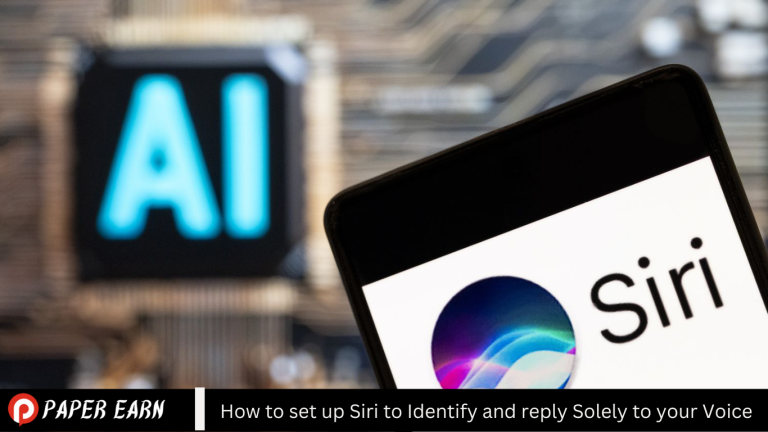Siri only responds to your voice, first activate “Hey Siri” in your iPhone’s settings under Siri & Search. Follow the on-screen instructions to set up voice recognition, speaking naturally as you teach Siri to recognize your voice pattern. This process creates a voice ID that Siri uses to identify you. After setup, test Siri’s responsiveness to confirm it distinguishes your voice from others. Adjust sensitivity if needed and retrain Siri’s recognition periodically to maintain accuracy.
Introduction to Siri to Identify
Siri, Apple’s voice-activated assistant, offers users the ability to interact using voice commands. A key feature of Siri is its ability to learn and recognize individual voices. Setting up this feature involves activating “Hey Siri” and going through a voice recognition process, where you’ll teach Siri to identify your specific voice pattern. This personalized setup helps Siri respond more accurately to your commands while ignoring others.
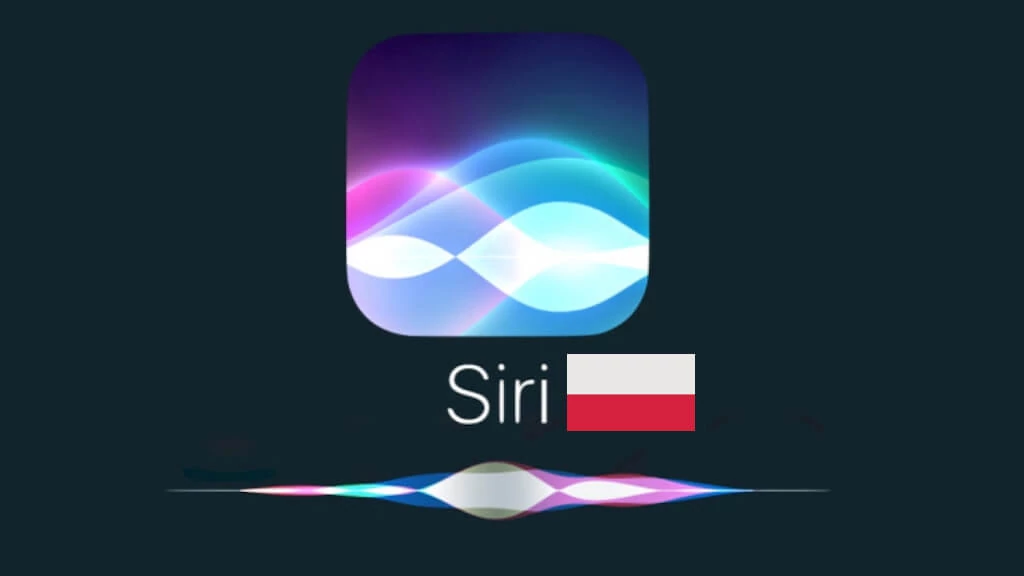
Overview of Siri’s Voice Recognition
Siri’s voice recognition feature enables personalized responses by learning the unique characteristics of your voice. Upon activating “Hey Siri,” users undergo a brief training session where they recite specific phrases. This process helps Siri develop a voice profile that distinguishes your commands from others, enhancing interaction security and accuracy. This technology not only supports hands-free operation but also tailors Siri’s functionality to your personal preferences, making it an integral part of the user experience on Apple devices.
Enabling and Configuring “Hey Siri”
Hey Siri,” open the Settings app on your Apple device and navigate to ‘Siri & Search.’ Toggle on ‘Listen for “Hey Siri”‘ and follow the on-screen instructions to set up your voice recognition. This involves repeating specific phrases so Siri can learn and recognize your voice accurately. Ensure ‘Allow Siri When Locked’ is enabled for full accessibility.
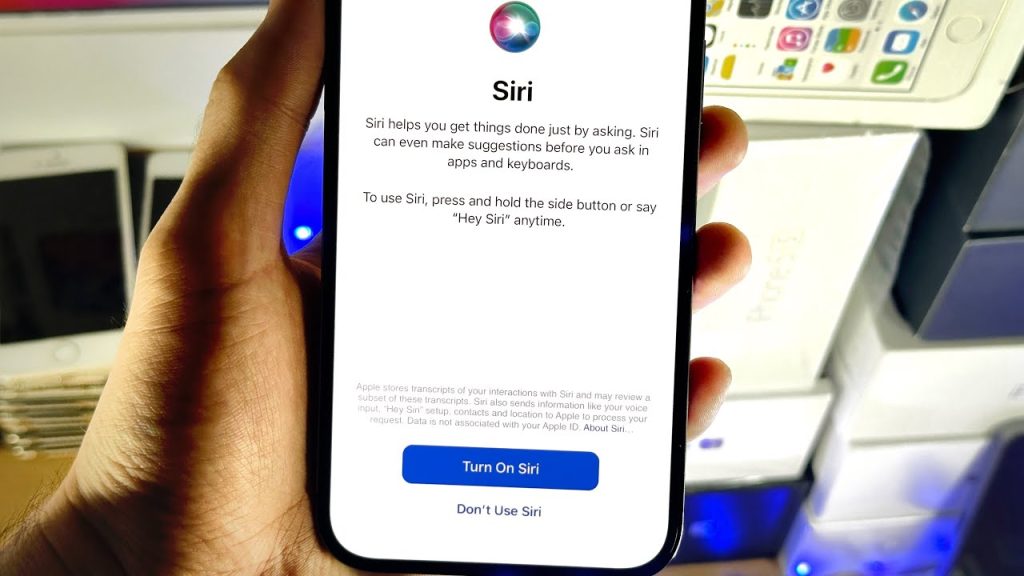
Training Siri to Recognize Your Voice
To train Siri to recognize your voice, first ensure that your iPhone or iPad is updated to the latest iOS version. Navigate to Settings, then to Siri & Search, and enable “Listen for ‘Hey Siri’.” Follow the prompts to complete the setup process, which will require you to repeat several phrases aloud. This helps Siri learn the unique characteristics of your voice. Once trained, Siri will respond specifically to your commands, improving both the accuracy and the personalization of your interactions.
Adjusting Siri’s Security Settings
Adjust Siri’s security settings, start by accessing the ‘Siri & Search’ options within your device’s Settings app. From there, you can toggle on features like “Listen for ‘Hey Siri’,” which activates Siri with your voice command. For enhanced security, enable “Require Authentication for Siri” to limit Siri’s access to sensitive data when your device is locked. Regularly review which apps Siri can interact with under ‘App Support’ to control the information Siri can access, ensuring your data remains protected.
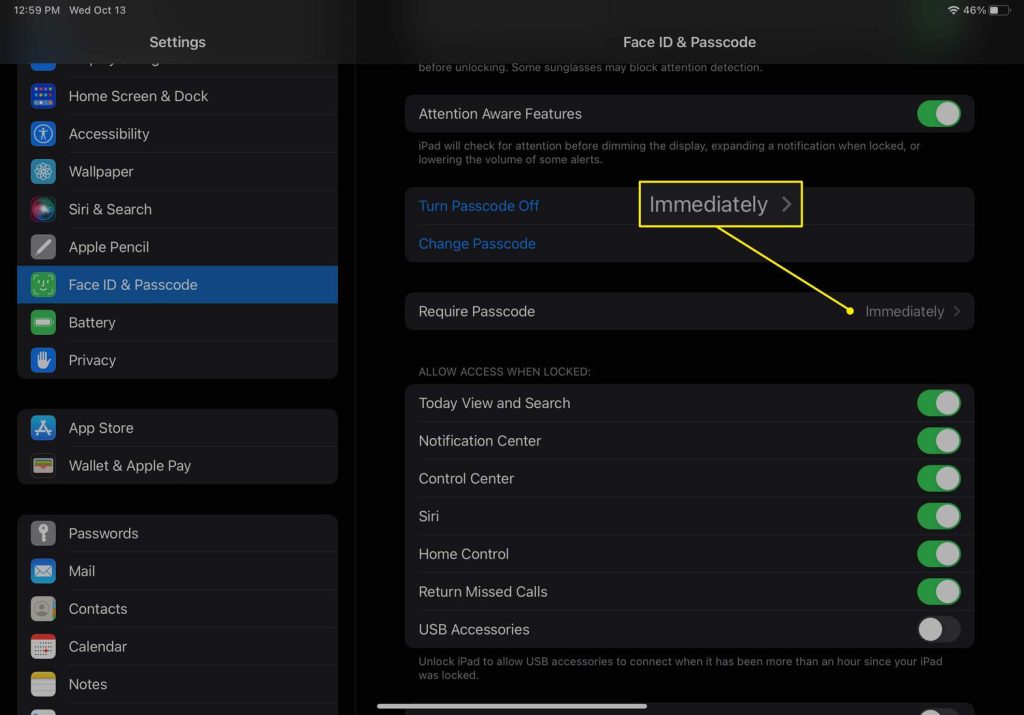
Verifying Siri’s Voice Recognition Accuracy
To verify the accuracy of Siri’s voice recognition, you can perform a few simple checks. Start by activating Siri using the “Hey Siri” command from various distances and in different acoustic environments to ensure it consistently recognizes your voice. Test Siri with a variety of commands, questions, and dictation tasks to gauge its responsiveness and precision. If Siri often misinterprets or fails to respond, consider retraining it by turning off “Hey Siri” in your device’s settings, then re-enabling and reconfiguring it.
Customizing Siri’s Responses and Interactions
Customizing Siri’s responses and interactions enhances your experience by tailoring its functionality to your preferences. Here’s how you can do it:
- Change Siri’s Voice: Go to Settings > Siri & Search > Siri Voice. Choose from different accents and genders.
- Adjust Siri Responses: In Settings > Siri & Search, toggle ‘Siri Responses’ to control how Siri replies, either with voice feedback or silently on screen.
- Personalize Siri Shortcuts: Create custom shortcuts in Settings > Siri & Search > Shortcuts. Add personalized voice commands to execute specific actions or tasks.
- Control Siri Suggestions: Siri offers suggestions based on your app usage. Manage these by going to Settings > Siri & Search and adjusting the settings for Suggestions in Search, Look Up, and Lock Screen.
- Use Type to Siri: For a different interaction mode, enable ‘Type to Siri’ under Settings > Accessibility > Siri. This allows you to type commands and questions to Siri instead of speaking.
Troubleshooting Voice Recognition Problems
Siri, here are several troubleshooting steps to help improve and resolve issues:
- Check Microphone Functionality: Ensure nothing is blocking the microphone on your device. Test the microphone by recording a voice memo. If the recording is unclear, there may be a hardware issue.
- Re-train Siri: Disable and then re-enable “Hey Siri.” Go to Settings > Siri & Search, turn off “Listen for ‘Hey Siri’,” restart your device, and then turn it back on to retrain Siri with your voice.
- Update iOS: Make sure your device is running the latest version of iOS. Go to Settings > General > Software Update and install any available updates.
- Adjust Microphone Settings: If you’re using a case or screen protector, make sure it’s not covering the microphone. Try removing the case and see if Siri’s recognition improves.
- Reduce Background Noise: Try using Siri in a quieter setting to see if background noise is affecting voice recognition.
- Check Siri’s Language and Region: Make sure Siri is set up for the correct language and region. Go to Settings > Siri & Search > Language and select the appropriate language.
- Reset Network Settings: Sometimes network issues can affect Siri’s functionality. Reset your network settings by going to Settings > General > Reset > Reset Network Settings. Note this will erase all saved Wi-Fi passwords.
- Contact Support: If problems persist after trying these steps, contact Apple Support for further assistance.
Keeping Siri Updated
Siri updated and functioning optimally, regularly update your iOS device. Navigate to Settings, select General, then tap Software Update to check for available updates. Install any updates to ensure Siri has the latest enhancements and bug fixes. Additionally, explore new features and commands in the latest iOS releases to maximize Siri’s capabilities. Keeping your device updated not only improves Siri’s performance but also secures it with the latest security patches, maintaining your device’s overall health and efficiency.
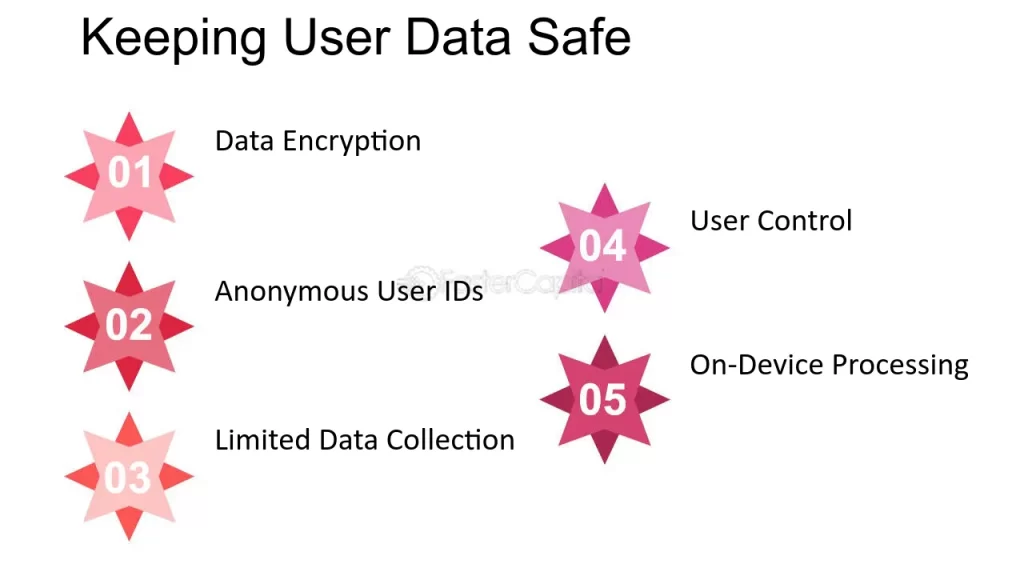
Frequently Asked Questions
How do I start setting up Siri to recognize only my voice?
First, go to the Settings app on your iOS device. Navigate to “Siri & Search” and toggle on “Listen for ‘Hey Siri’.”
What is the next step after enabling ‘Hey Siri’?
After enabling “Listen for ‘Hey Siri’,” follow the on-screen prompts which will guide you through the process of training Siri with your voice. This involves repeating specific phrases so Siri can learn to recognize your unique vocal patterns.
Is there anything I need to do after the initial voice training?
Yes, it’s a good idea to use Siri regularly in various environments to ensure she adapts well to your voice in different settings. Also, retrain your voice model occasionally by toggling “Hey Siri” off and on again, especially if you notice any recognition issues.
Can I improve Siri’s ability to recognize my voice over others?
While Siri is designed to respond to the voice used during setup, background noise, and other voices can sometimes confuse. Ensure that you speak clearly and consistently during the training process. Consistently using Siri helps improve voice recognition accuracy over time.
What should I do if Siri still responds to other voices?
If Siri often mistakes other voices for yours, consider retraining the voice model in a quiet environment. Additionally, check to make sure your iOS device is up to date, as updates can include improvements to Siri’s voice recognition technology.
Conclusion
Siri to identify and respond exclusively to your voice enhances both the security and personalization of your interactions with your Apple device. By carefully following the initial setup and voice training procedures, and performing regular updates and retraining as needed, you can ensure that Siri operates effectively and recognizes your commands accurately.

